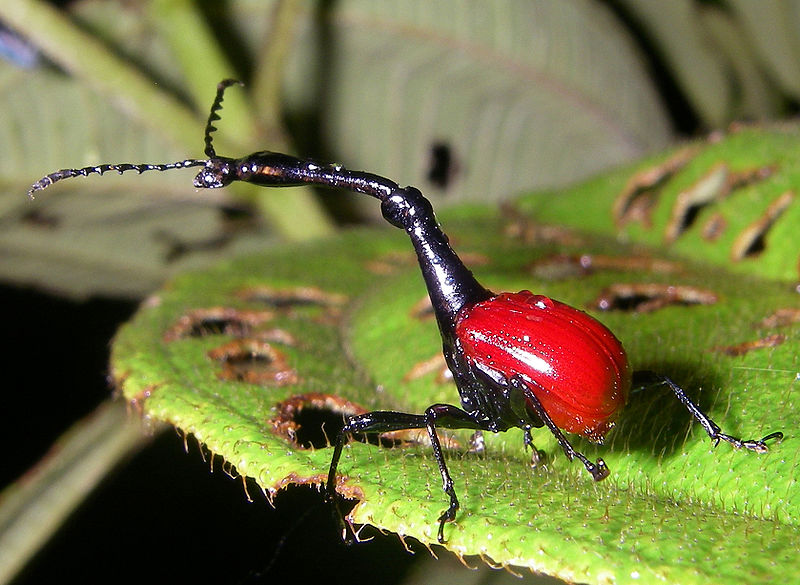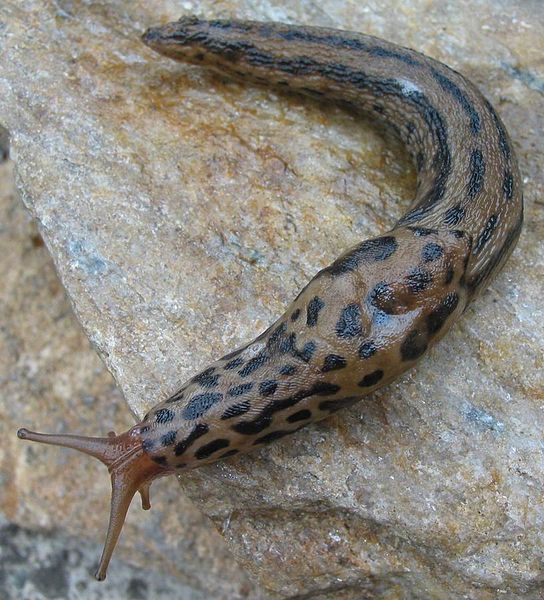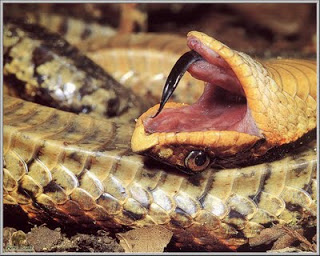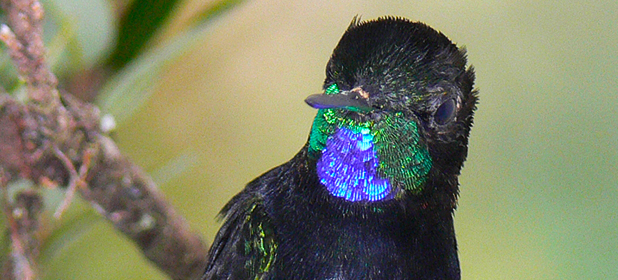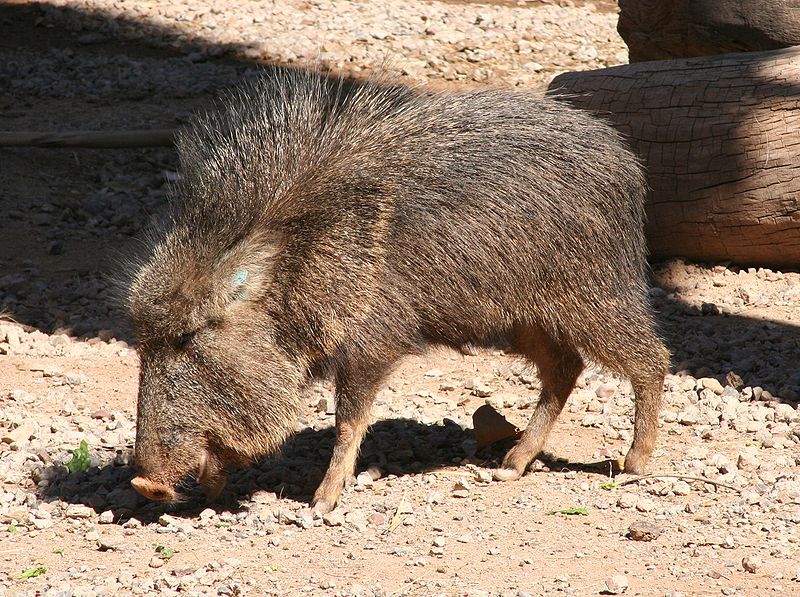
When our number one Wild Facts idea generator, Jamie, goes to a couple of zoos and aquariums while on vacation, you know we are going to get some great animals to talk about. Well, the next few Wild Facts are thanks to Jamie so sit back and enjoy these unique animals. We start our education with an animal known art eh Chacoan Peccary, which can be found in the Gran Chaco region of northern Argentina, western Paraguay and of course southeastern Bolivia. Oh yeah, and I believe they can be found roaming around a few zoos throughout the world.
The Difference Maker
The Chacoan Peccary is the largest of the 3 identified peccaries and shares much of the pig-like qualities with their cousins. Although, they have similar traits our featured animal has a longer snout, ears and tail than their family members. Oh and this particular peccary is a fan of facial hair as unlike other peccaries, they have a few white hairs around their mouth. One last major physical difference is the addition of a third hind toe on the Chacoan Peccary. If you are able to easily see this third toe, you may be a little too close and should use some caution…after all, this is a wild animal.

Evolutionary Example
The preferred habitat of the Chacoan Peccary doesn’t offer the best food choices. As a result, they are forced to rely on various species of cacti to provide nourishment. Wait! How is it possible to eat such a spiny plant? Over the years, this peccary has developed a strategy that consists of using their long, tough snout to roll the cactus on the ground, which removes the majority of their spines. If this doesn’t get all of the picky needles, they will use their teeth to pull out the remainder before spitting them out like sunflower seeds. As well, their kidney’s has evolved to neutralize the acids and their two chambered stomach is capable of breaking down this tough fibre.
The Peccary Wall
While the Chacoan Peccary is rolling around their lunch they need to be on the lookout for predators such as Jaguars, Cougars and other large felid species. If this peccary is frightened, they will attempt to flee. While running away, they are known to spray a substance from their dorsal glands that is believed to warn others in the area as well as help their herd stick together. Occasionally, a large herd will stand up to their attacker by forming a defensive wall. This tactic is quite successful against most predators but fails miserably against hunters who now have an easy target.

